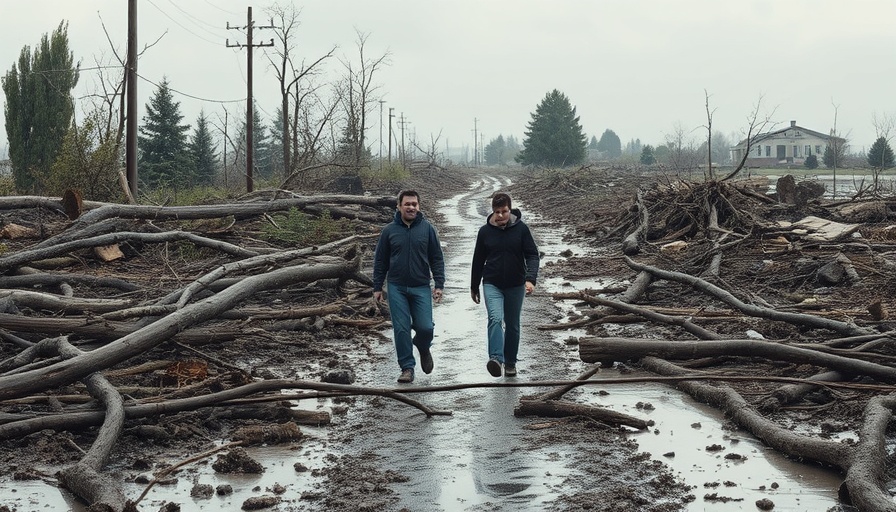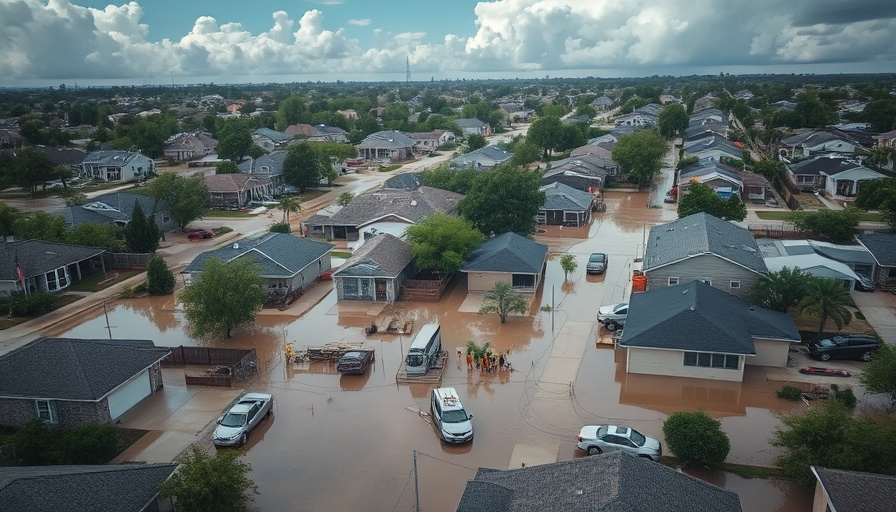
Understanding the Kerr County Flood: A Historical Perspective
The recent Kerr County flood, which has left an indelible mark on Texas history, draws comparison to some of the deadliest natural disasters the state has faced. As we reel from a death toll exceeding 100, mainly concentrated along the Guadalupe River, it is crucial to place this tragedy in the context of Texas's history with floods. Previous catastrophic floods include the Great Galveston Hurricane of 1900, where fatalities ranged from 6,000 to 12,000, and the 1921 floods that devastated San Antonio and resulted in over 220 deaths.
The Kerr County flood is projected to be one of the top four deadliest floods in Texas history, illustrating not only the immediate devastation but also the long-term impact on communities. As fatalities rise, this event serves as a serious reminder of the natural disasters that have shaped Texas, shedding light on the importance of preparedness and response.
Why Was the Kerr County Flood So Deadly?
There are several factors that have contributed to the severity of the Kerr County flood. Unforeseen weather patterns, rapid rainfall accumulation, and already saturated soil conditions all played significant roles. Texas has a well-documented history of flash flooding, which is characterized by sudden onset and intense rainfall leading to life-threatening conditions. The combination of these variables turned a typical storm into a catastrophic event.
Community Resilience and Response
As the community grapples with this disaster, stories of resilience and determination emerge. Local volunteers have stepped up, showcasing the spirit of solidarity that typifies the San Antonio community. Many organizations are mobilizing resources for those affected, emphasizing a collective effort to rebuild and support each other in the wake of tragedy.
Lessons Learned from Natural Disasters
This flood represents an opportunity for residents and local authorities to learn valuable lessons regarding emergency preparedness, infrastructure improvements, and community health responses. Historical data suggest that effective planning can mitigate the harm resulting from natural disasters. In the aftermath, Texans will likely demand increased attention to flood prevention measures, emergency response training, and public health alerts to limit the impact of future disasters.
The Importance of Staying Informed
In light of this disaster, staying informed is more essential than ever. Residents are urged to keep an eye on weather updates and heed any emergency alerts issued by local authorities. Understanding how to respond in situations of flooding can make all the difference in ensuring safety during emergencies.
This disaster's effects are a wake-up call for the San Antonio region. It is paramount that citizens take the opportunity to engage with local government initiatives aimed at improving flood safety, reviewing emergency plans, and participating in community discussions focused on resilience strategies against natural disasters.
 Add Element
Add Element  Add Row
Add Row 



 Add Row
Add Row  Add
Add 


Write A Comment